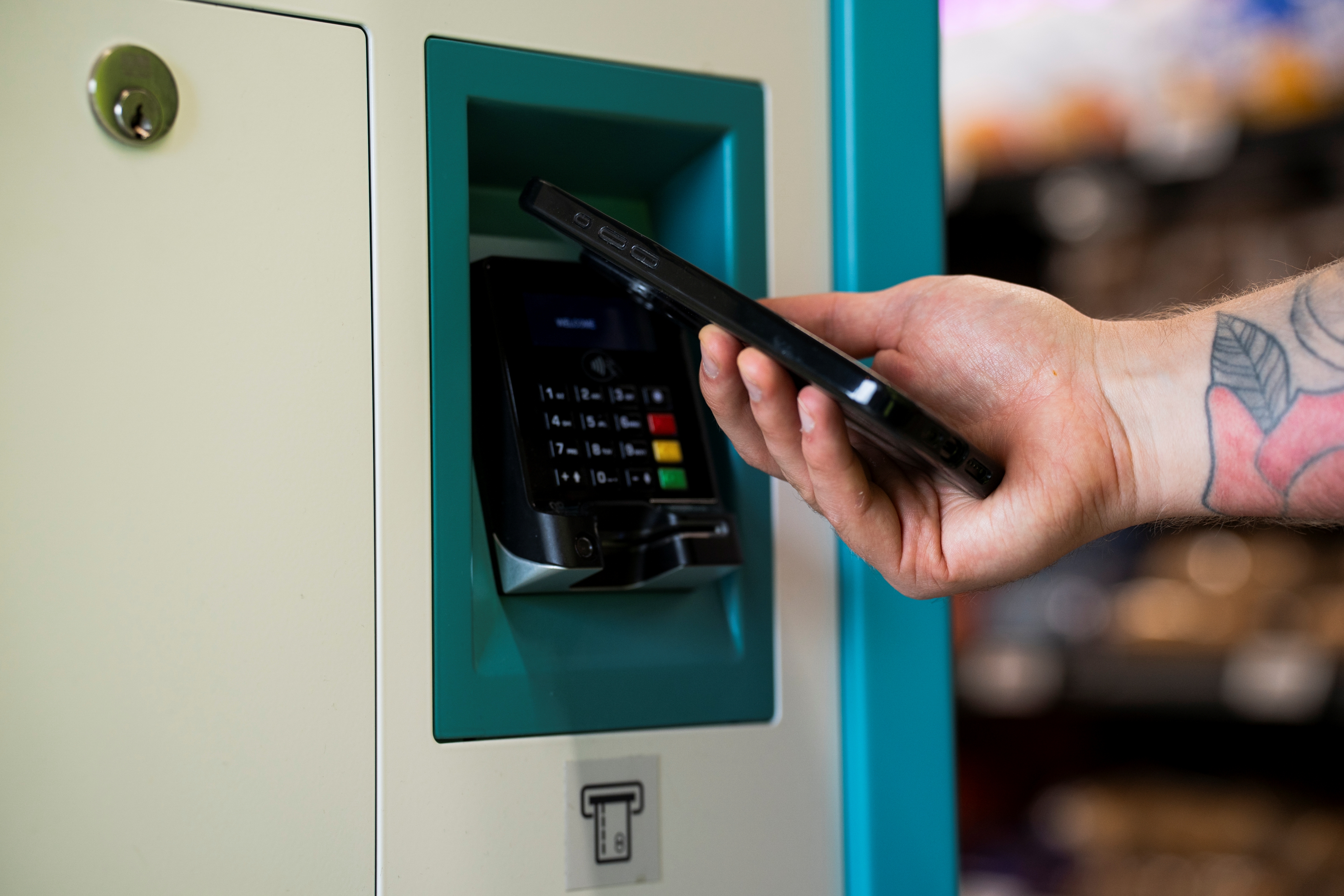
Miranda Blake
Cum poate asigura industria logistică siguranța și confortul șoferilor europeni de camioane
Creat: 08.01.2025
•
Actualizat: 08.01.2025
Prin implementarea de noi reglementări, utilizarea tehnologiei și un angajament față de bunăstarea șoferilor, industria logistică poate contribui la un viitor mai sigur pentru drumari, promovând în același timp confortul.
Dar, cum anume se pun toate acestea în aplicare? Citiți mai departe pentru a afla...
Conștientizarea autostrăzilor periculoase din Europa
Am efectuat anterior o [cercetare] (https://snapacc.com/hazardous-highways/) care a pus în lumină cele mai periculoase drumuri din Europa, identificând țări precum Bulgaria și Cehia ca având cea mai mare medie de decese la 10.000 de mile de rețea rutieră.
Această analiză este esențială pentru a înțelege unde sunt cele mai mari riscuri și evidențiază necesitatea unor intervenții specifice pentru îmbunătățirea siguranței. Înarmați cu aceste informații esențiale, șoferii se pot pregăti mai bine pentru călătoriile lor și pot face alegeri în cunoștință de cauză cu privire la rutele și stațiile de odihnă.
Rolul tehnologiei în creșterea siguranței
Informațiile obținute prin inovații precum sistemele de navigație GPS, actualizările în timp real ale traficului și sistemele avansate de asistență a șoferului (ADAS) sunt, de asemenea, esențiale. Astfel de progrese tehnologice nu numai că furnizează date esențiale despre condițiile de drum, dar ajută și drumarii să ia decizii în cunoștință de cauză cu privire la călătoriile lor. De exemplu, sistemele GPS pot sugera trasee alternative care evită potențialele zone de risc, în timp ce actualizările de trafic pot alerta cu privire la întârzierile sau accidentele care urmează. În consecință, șoferii sunt mai capabili să își [optimizeze călătoriile] (https://snapacc.com/newsroom/route-optimisation-with-fleet-management-software-snap-account/).
În plus, aplicații precum intruck le oferă acces la informații detaliate despre stațiile de camioane din Europa, asigurându-le că pot găsi locuri potrivite pentru a se odihni - acest lucru este deosebit de benefic pentru cei care călătoresc pe distanțe lungi și care trebuie să ia pauze regulate pentru a respecta legislația, a combate oboseala și a-și menține concentrarea.
Importanța odihnei de calitate
În anii anteriori, mulți șoferi nu aveau de ales decât să își petreacă pauzele în cabina lor din cauza lipsei de locuri de cazare accesibile și la prețuri rezonabile - iar acest lucru ducea adesea la o odihnă de proastă calitate, care poate avea efecte dăunătoare asupra sănătății și siguranței lor.
S-a pus un accent mult mai mare pe faptul că drumarii trebuie să aibă posibilitatea de a se relaxa în locuri de cazare adecvate. Companiile de transport trebuie să își asume responsabilitatea de a organiza sejururi la hotel sau de a utiliza facilități dedicate pauzelor. Deși acest lucru poate implica costuri suplimentare, reprezintă o oportunitate de a investi în bunăstarea forței de muncă, ducând în cele din urmă la niveluri mai ridicate de satisfacție profesională și retenție.
Implementarea soluțiilor de cazare
Pentru a respecta reglementările, a reduce riscurile asociate oboselii și a îmbunătăți siguranța generală a șoferilor lor, operatorii de flote pot lua în considerare următoarele abordări:
● Încheierea de parteneriate cu hoteluri locale sau facilități de popas poate asigura accesul șoferilor la un loc confortabil de relaxare
● Utilizarea aplicațiilor și a platformelor online poate ajuta drumarii în localizarea locurilor de cazare din apropiere, simplificând procesul și îmbunătățind eficiența generală

Cum sprijină SNAP drumarii
SNAP schimbă regulile jocului pentru cei din sector, oferind soluții digitale care acordă prioritate siguranței și confortului. Companiile de flote și camionagiii au acum acces la o rețea extinsă de servicii concepute pentru a face călătoriile mai ușoare și mai sigure.
Confort digital
În centrul ofertelor noastre se află piața noastră digitală, care eficientizează diverse aspecte:
● Payments: Folosit la fiecare 13 secunde în Europa pentru a plăti pentru serviciile din stațiile de odihnă, SNAP elimină necesitatea ca drumarii să cheltuiască din propriul buzunar și să solicite ulterior rambursarea cheltuielilor.
● Parking: intruck îi ajută pe șoferi să localizeze și să rezerve în prealabil locuri de parcare de-a lungul rutelor lor, multe dintre acestea având opțiuni de securitate îmbunătățite pentru a spori siguranța.
● Servicii simplificate: Platforma noastră permite drumarilor să plătească pentru parcare, spălătorie și alte servicii folosind doar numărul de înmatriculare al vehiculului lor.
Siguranța pe primul loc
Aceasta rămâne o prioritate absolută pentru noi. Recent [ne-am extins rețeaua] (https://snapacc.com/newsroom/snaps-network-is-expanding-what-new-countries-are-we-available-in/) pentru a include locații din Austria, Bulgaria, Cehia, Grecia, Ungaria, Italia și România. Multe dintre acestea și-au îmbunătățit infrastructura de securitate, răspunzând nevoii critice de a asigura o parcare de noapte sigură.
Mai mult, avem o divizie dedicată, [SNAP Access & Security] (https://snapaccessandsecurity.com/), pentru a oferi soluții personalizate care protejează spațiile de amenințările infracționale legate de marfă, sporind siguranța generală a șoferilor și a mărfurilor.
Privind spre viitor cu SNAP
Transportatorii sunt extrem de mulțumiți de soluțiile noastre. De fapt, 80% dintre șoferii cu care am discutat la evenimentele din Regatul Unit au preferat SNAP în detrimentul altor metode de plată, iar 74% dintre camionagii europeni și-au exprimat dorința de a vedea mai mulți parteneri de servicii alăturându-se rețelei noastre.
Pe măsură ce ne dezvoltăm și ne dezvoltăm continuu rețeaua și soluțiile, șoferii europeni de camioane pot aștepta cu nerăbdare mai multe opțiuni care să ducă la creșterea siguranței, confortului și eficienței pe drum. Prin abordarea unor probleme cheie precum parcarea sigură și plățile simplificate, deschidem calea către o industrie a transportului rutier mai conectată și mai solidară în întreaga Europă.
Pentru a afla mai multe despre SNAP, contactați echipa noastră prietenoasă la +44 (0)1603 777242.



